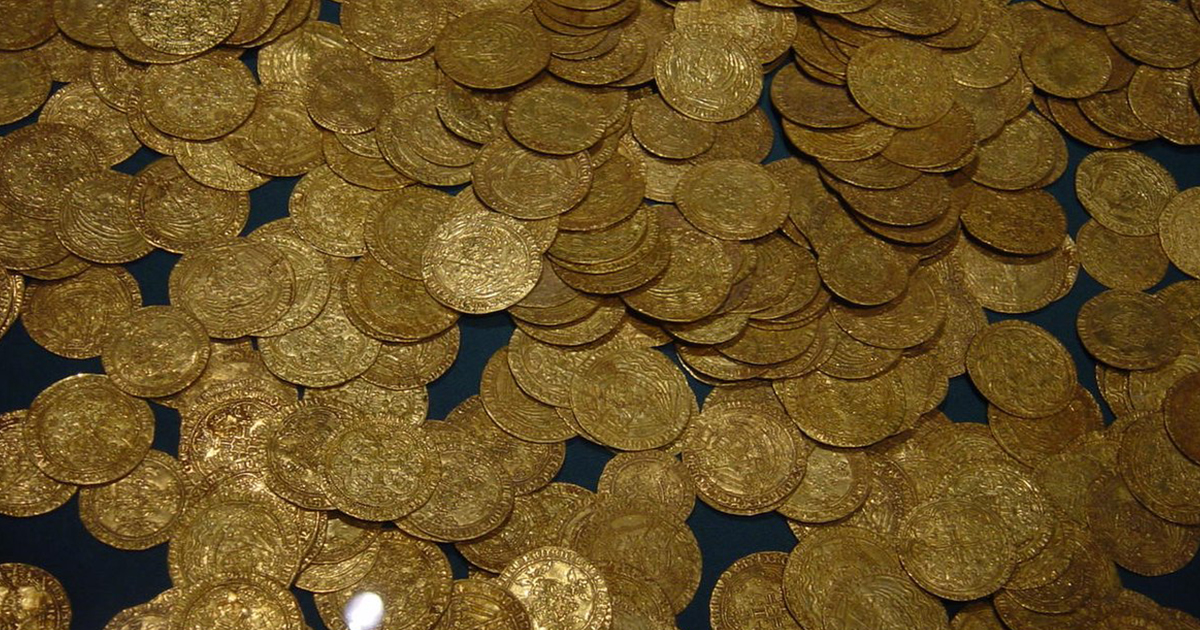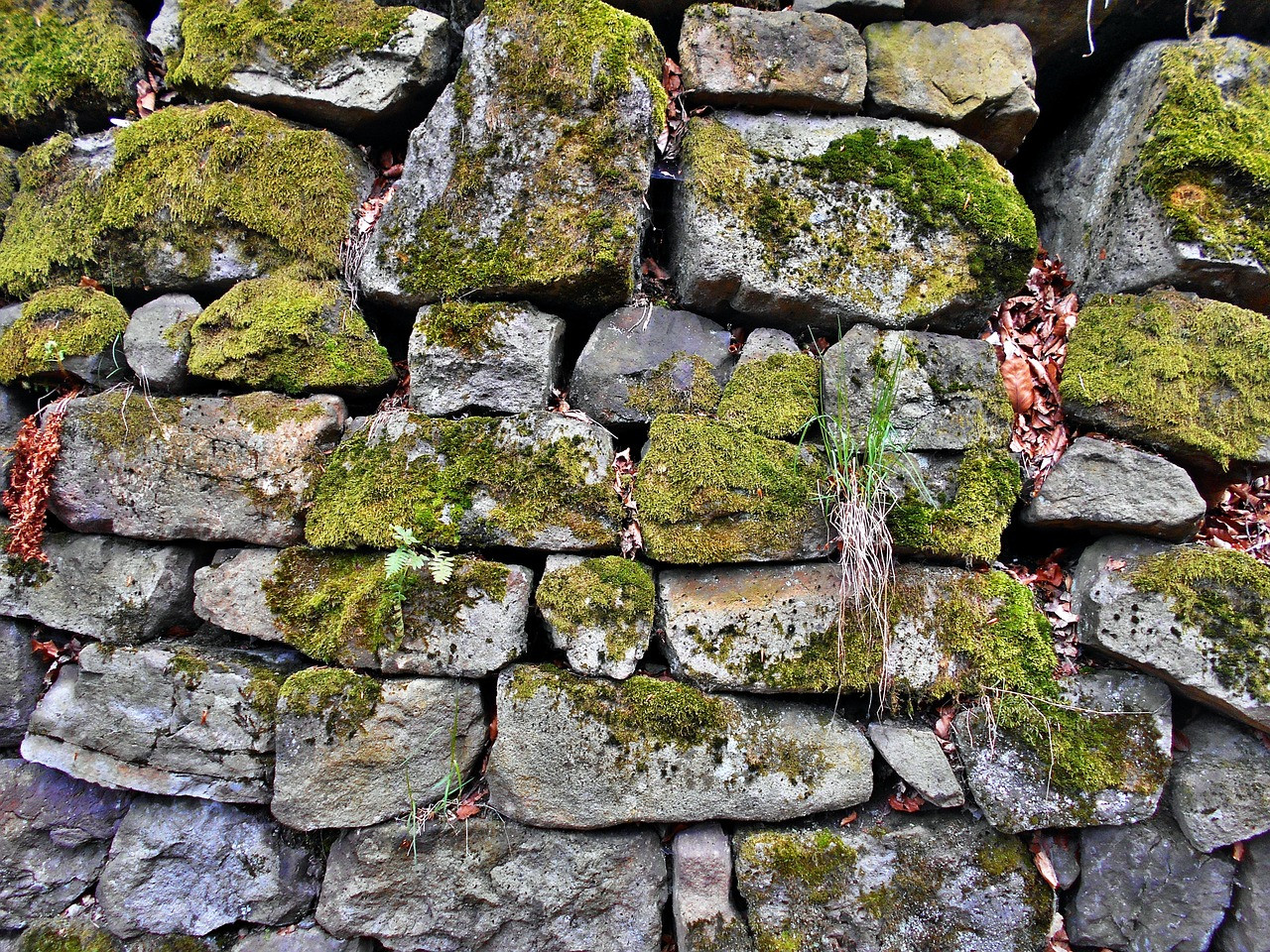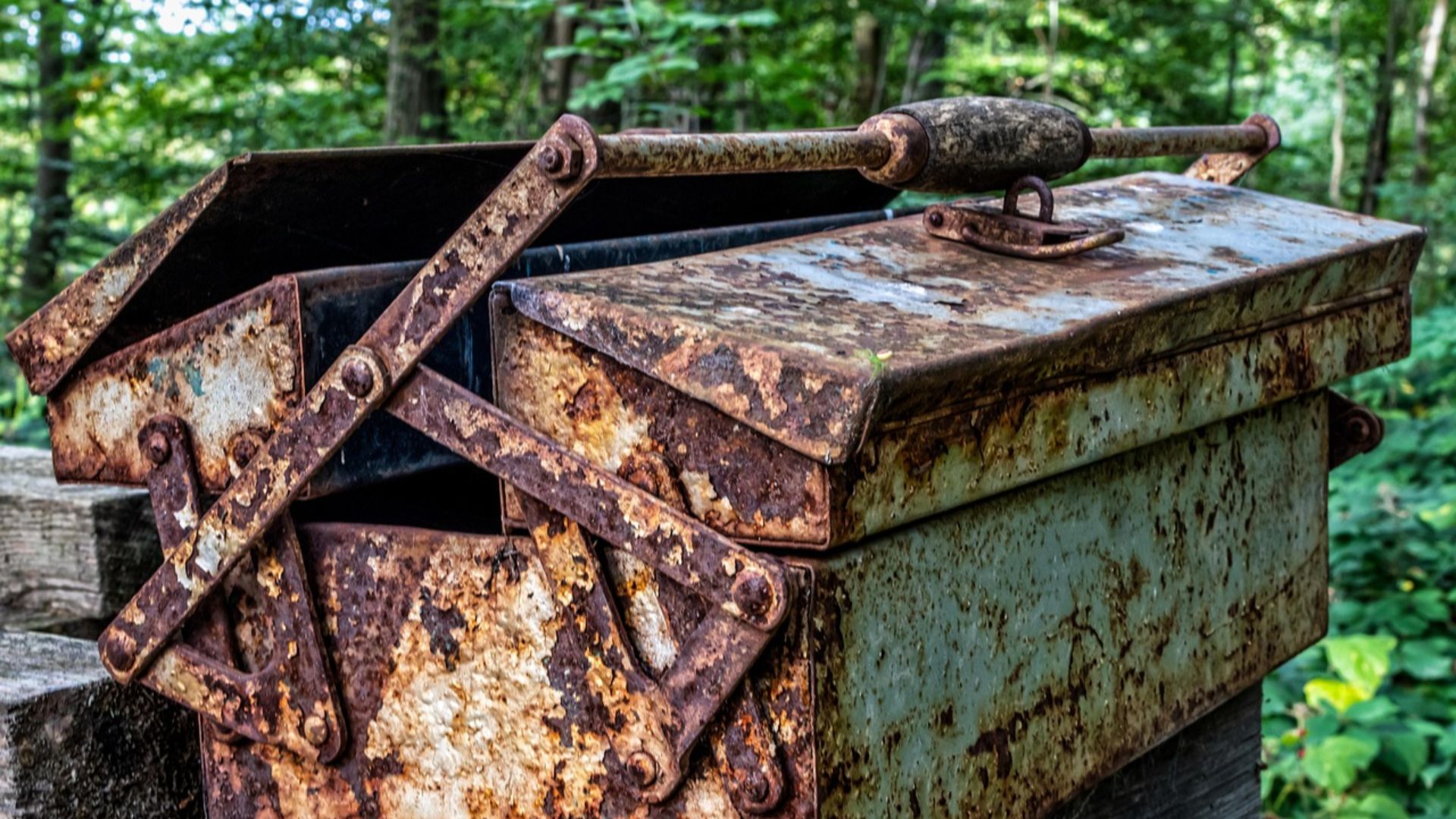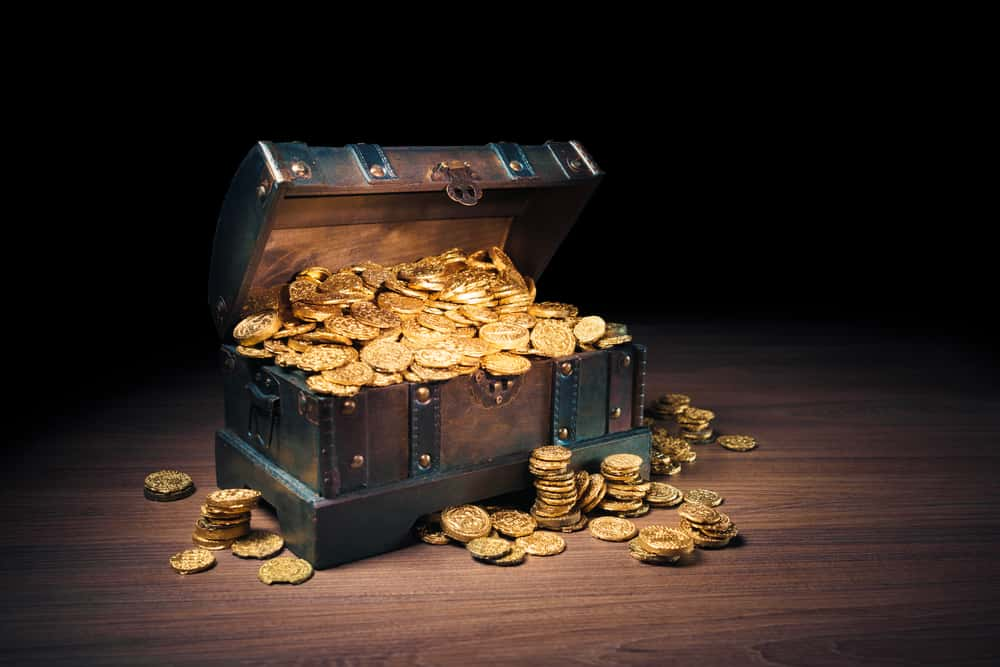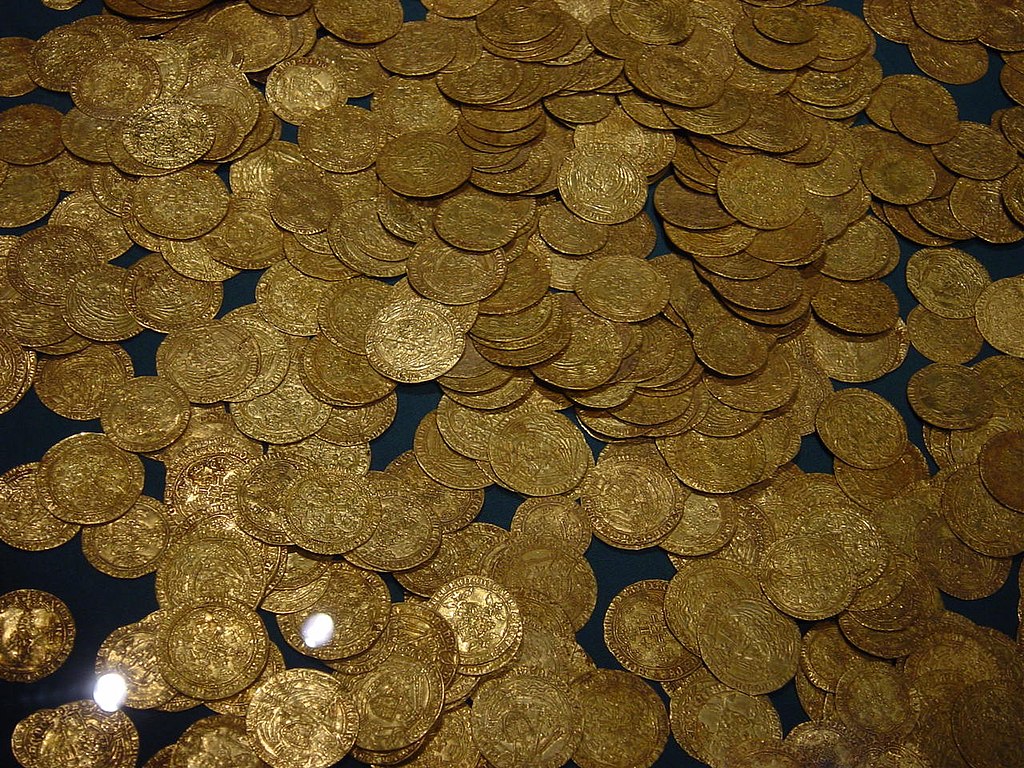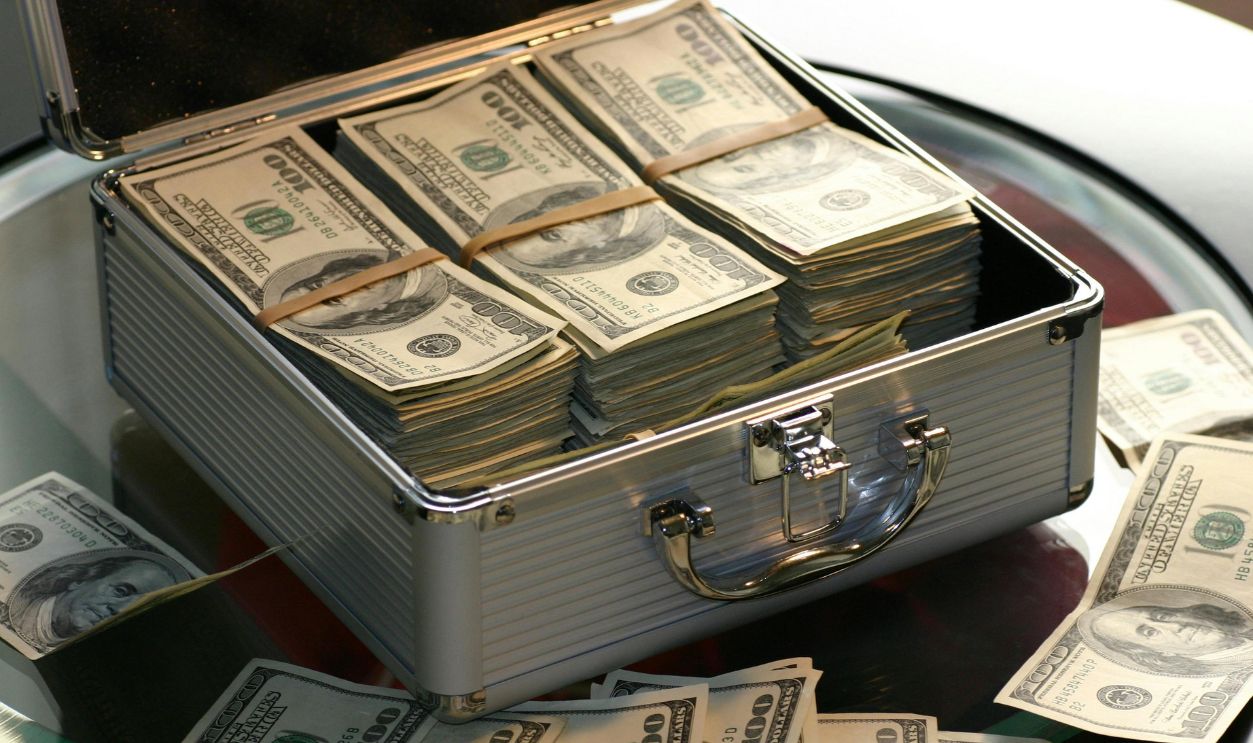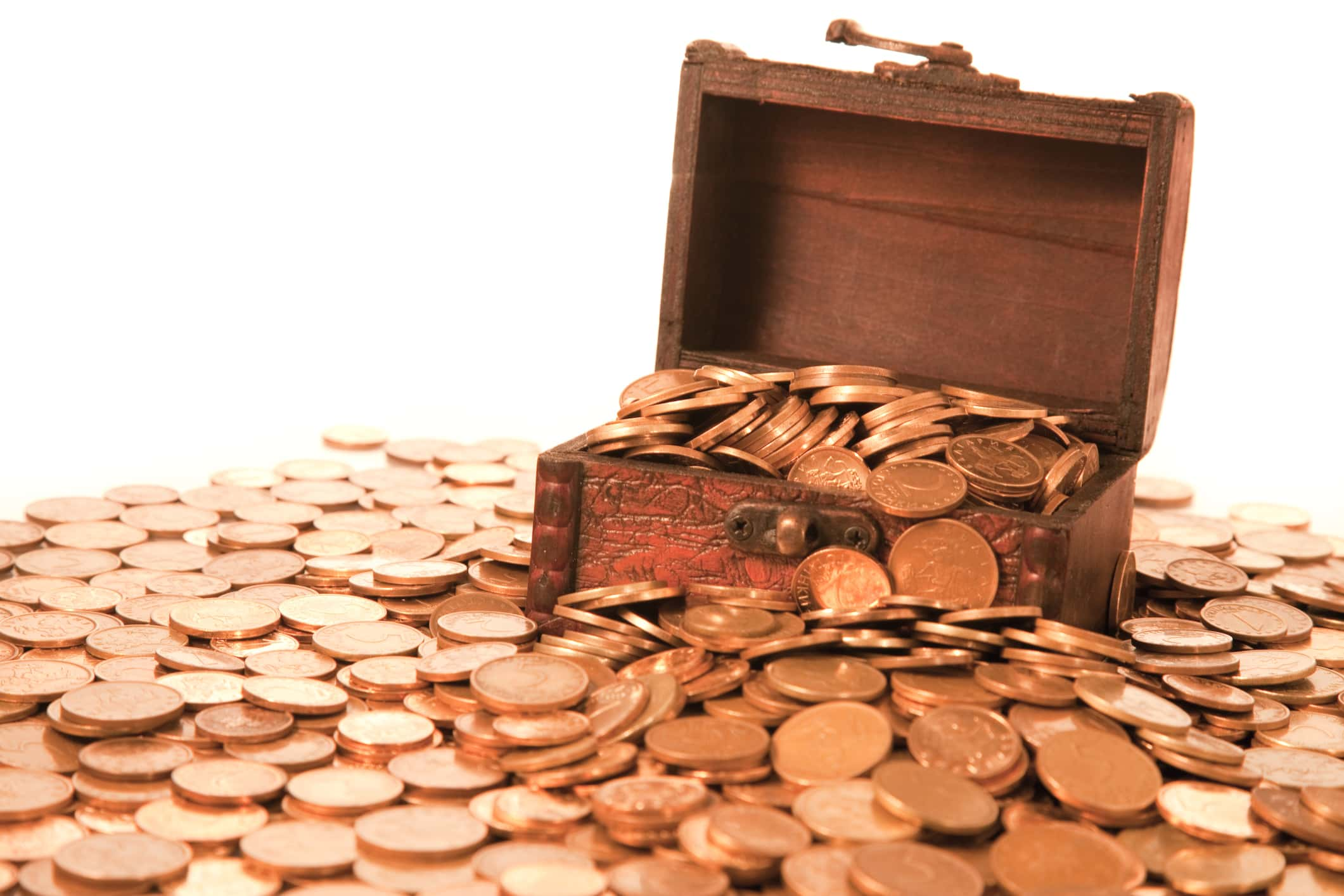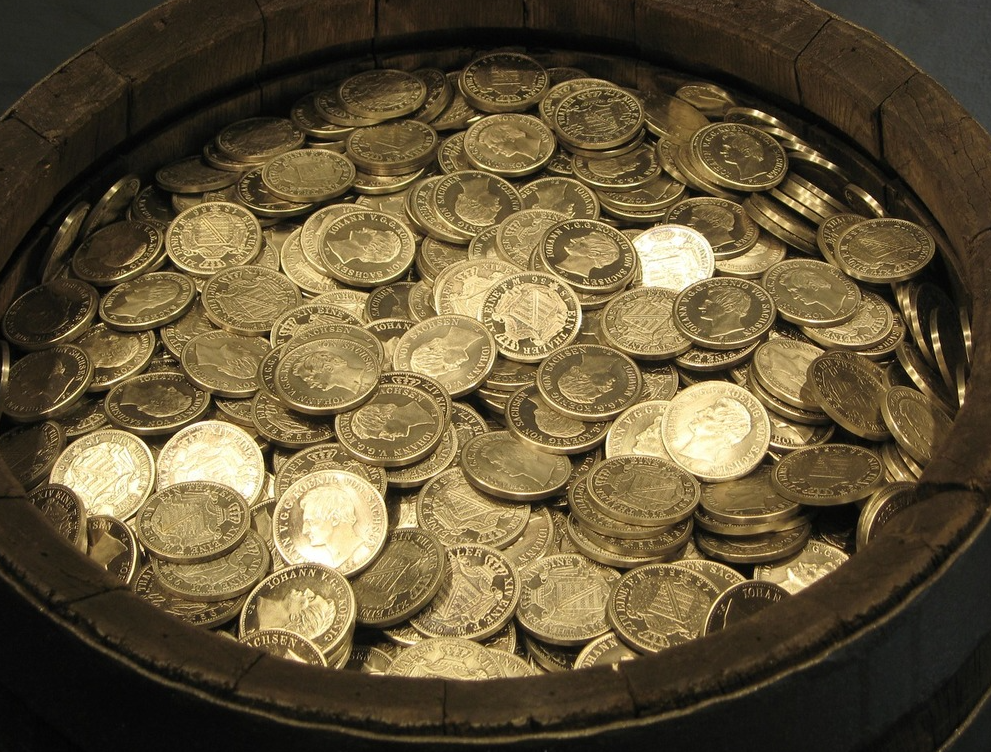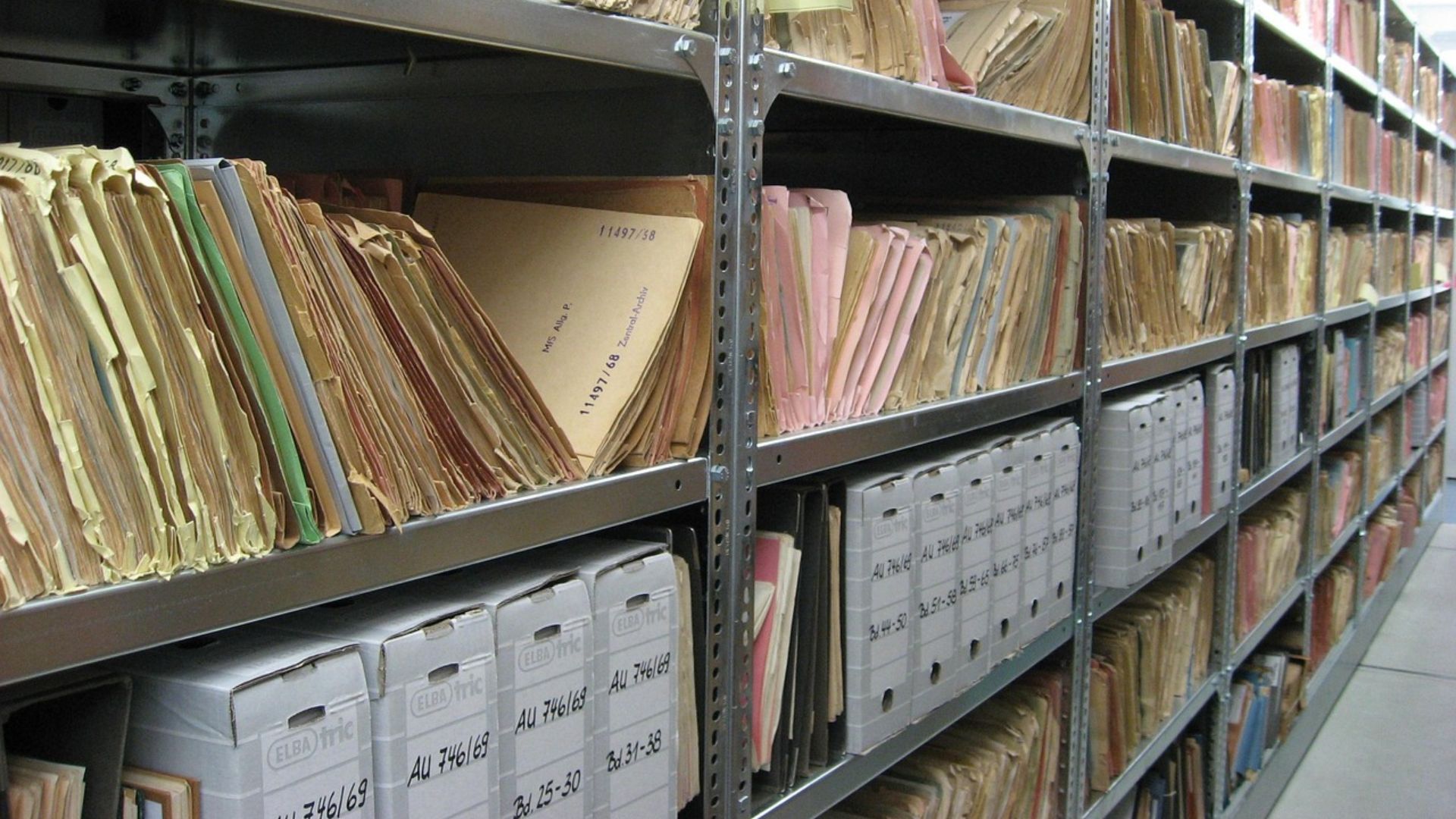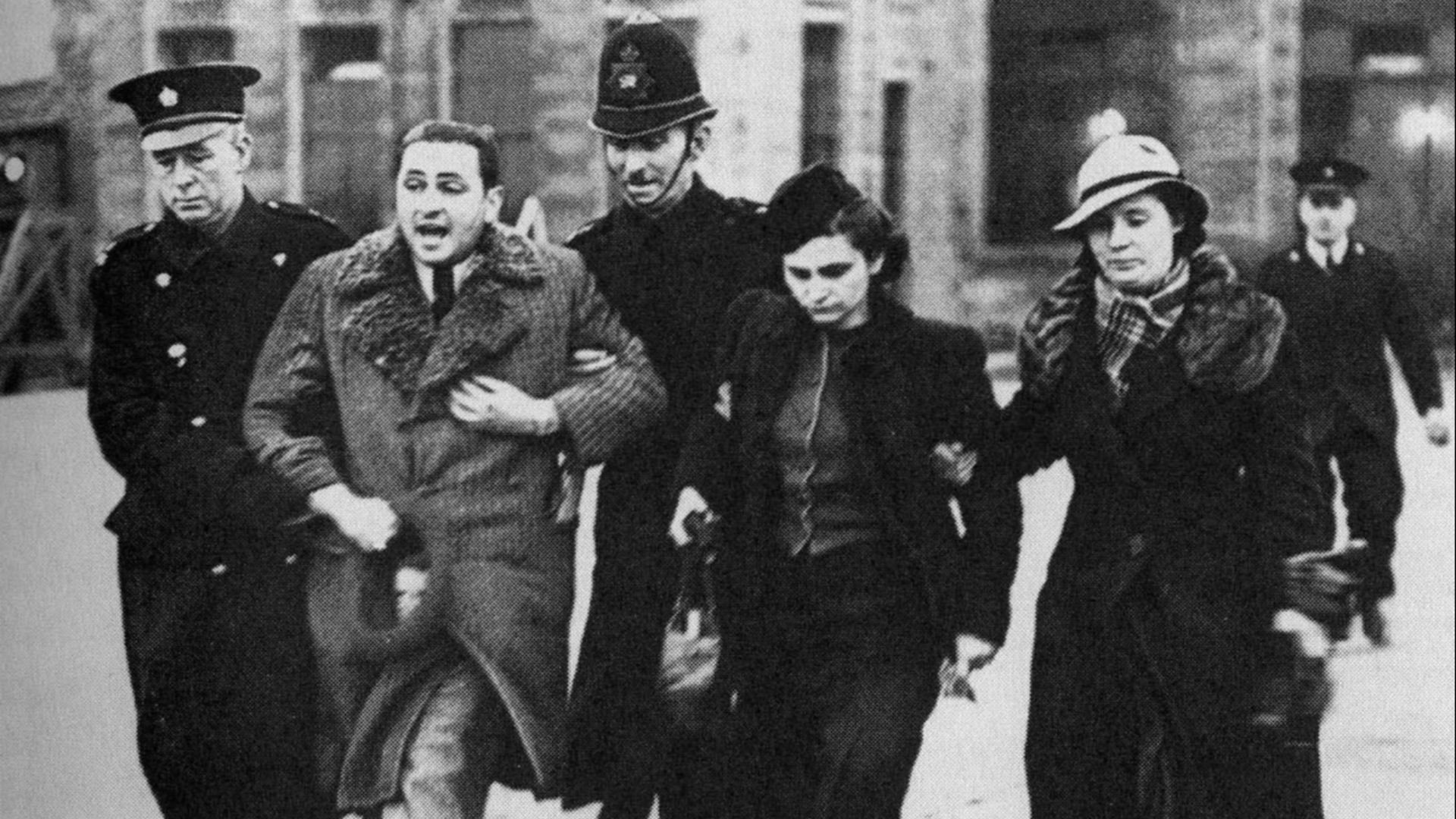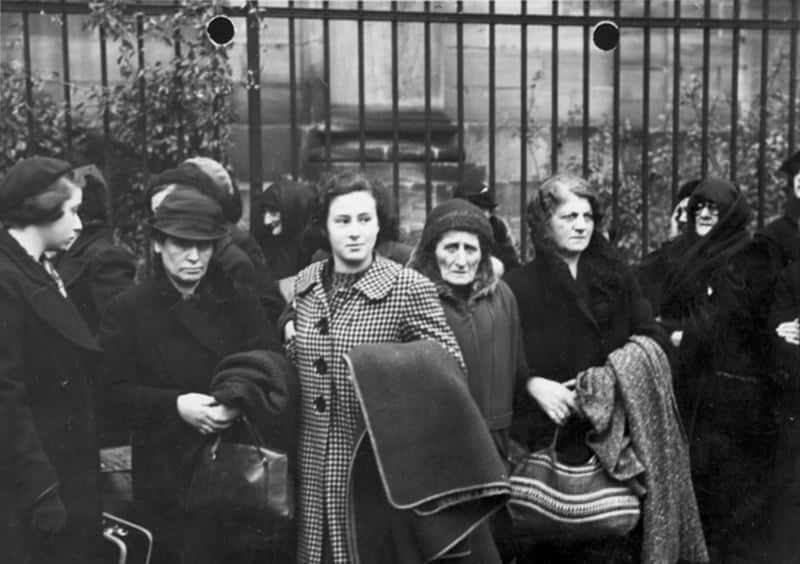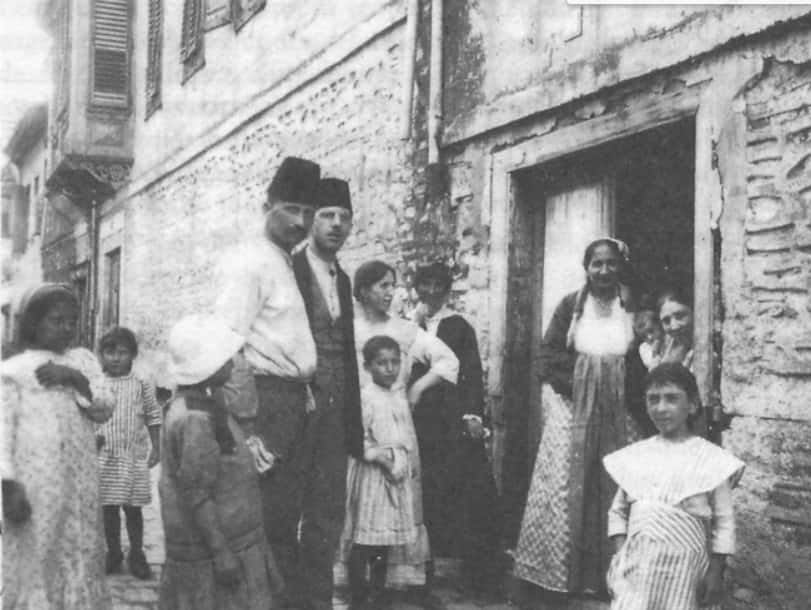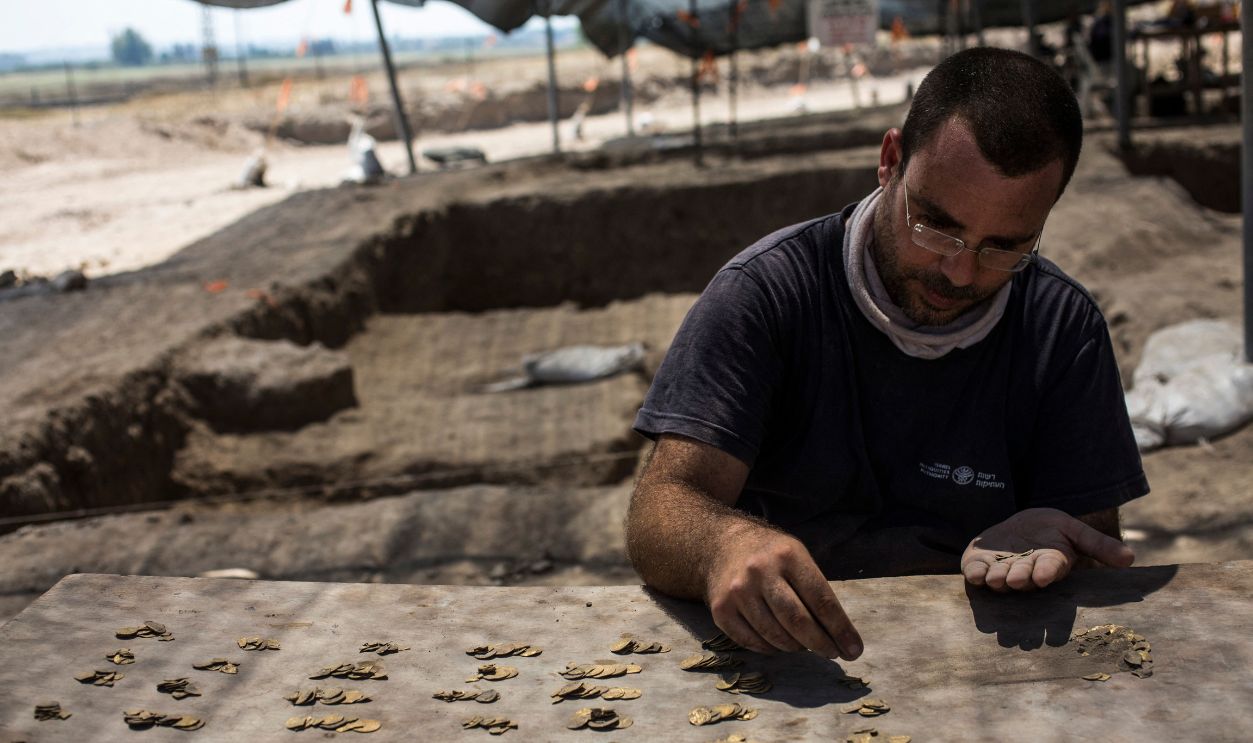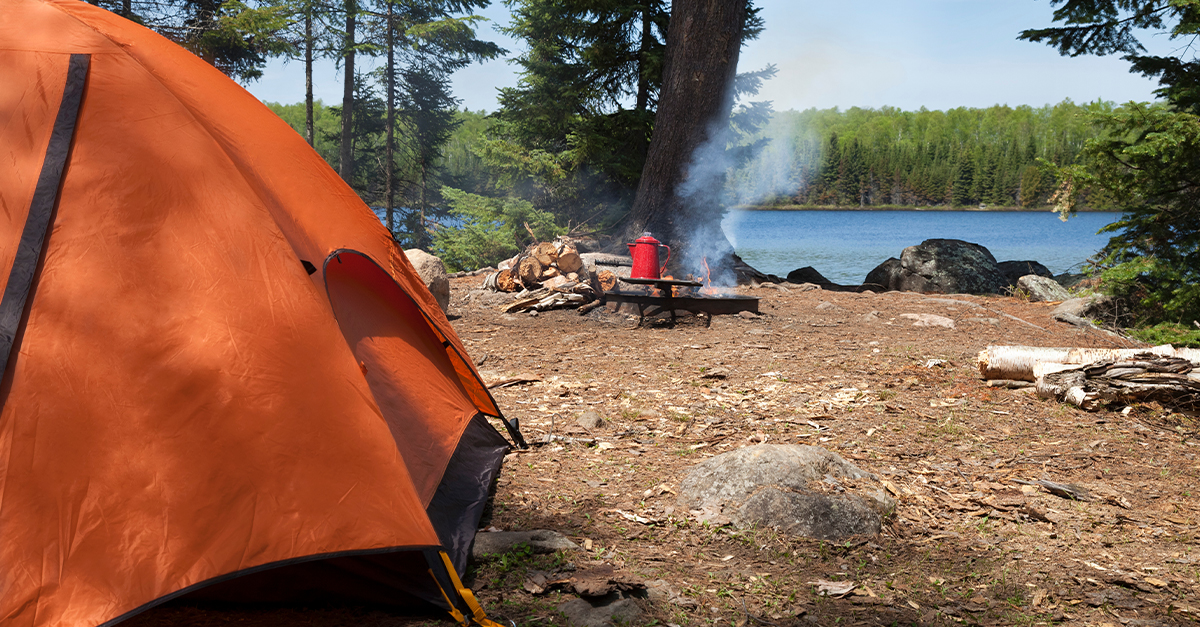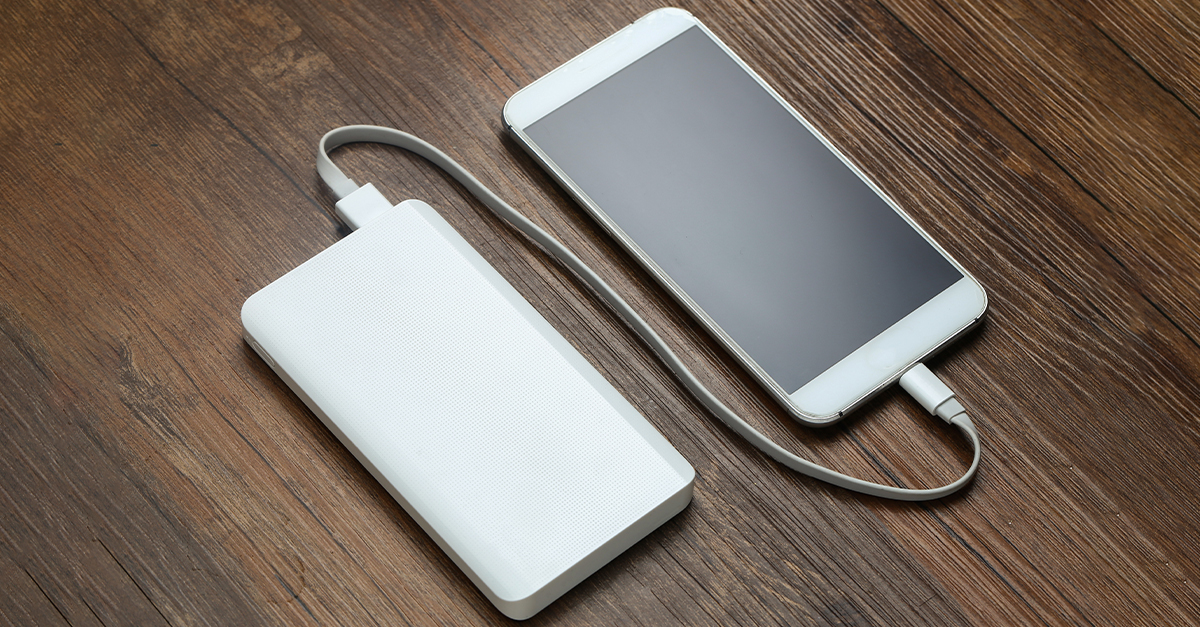When A Casual Hike Turns Into A Bountiful Treasure Hunt
In early February of 2025, two hikers were traversing the foothills of the Krkonose Mountains in the Czech Republic when they came across something shiny peeking out of a stone wall. Upon closer look, they determined it was nothing more than a tin can. But when they pulled it out, they noticed something hidden inside—and their jaws instantly dropped. 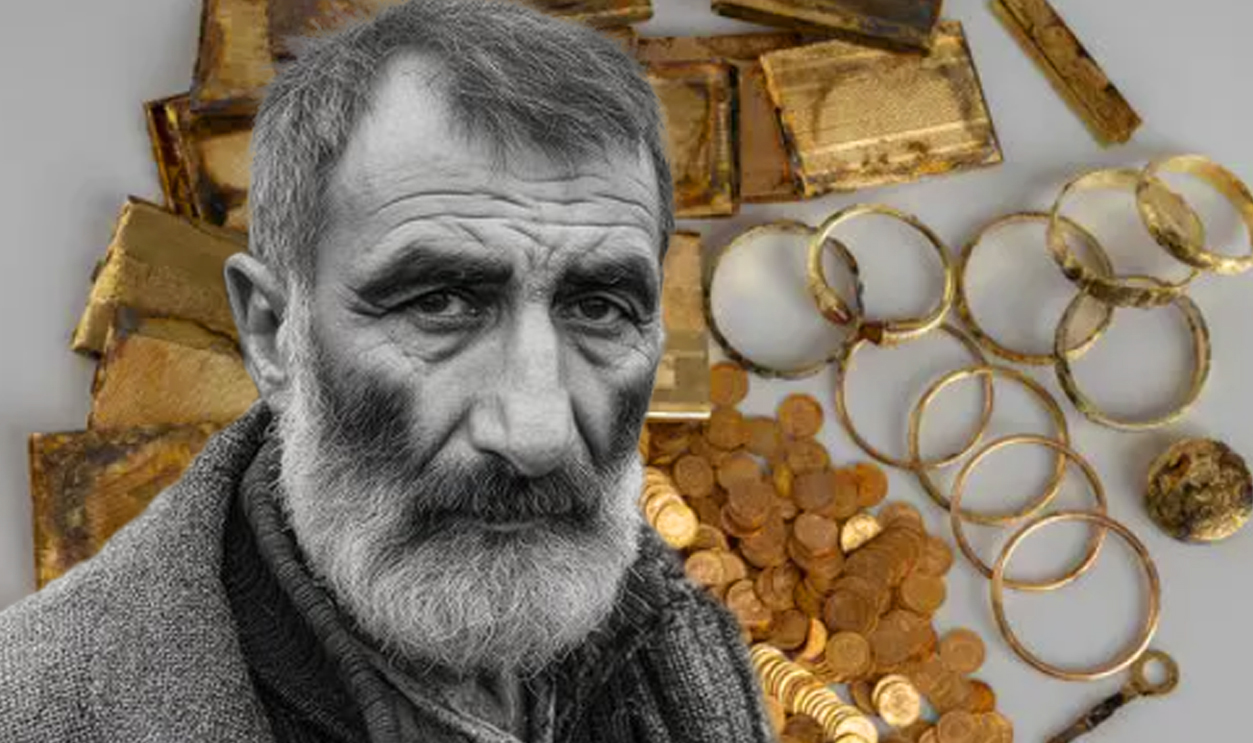
They Saw A Signal
The two hikers, who have not been named, were walking along the edge of an overgrown field when the sun’s reflection beamed in their direction, as if a small bright light was signaling for them in the distance. As they got closer, they discovered the reflection was from nothing more than an old aluminum can peeking out from a crevice in an old moss-covered stone wall.
But when they took the can out of the hole, something else caught their eye.
It Wasn’t Trash Afterall
Upon removing the can, something small and golden fell to their feet. When the hikers turned the can over and looked inside, they found a piece of black material that appeared to be stuffed inside.
Given that the can was notably heavy, the hikers knew there was more—but nothing could prepare them for what they were about to discover.
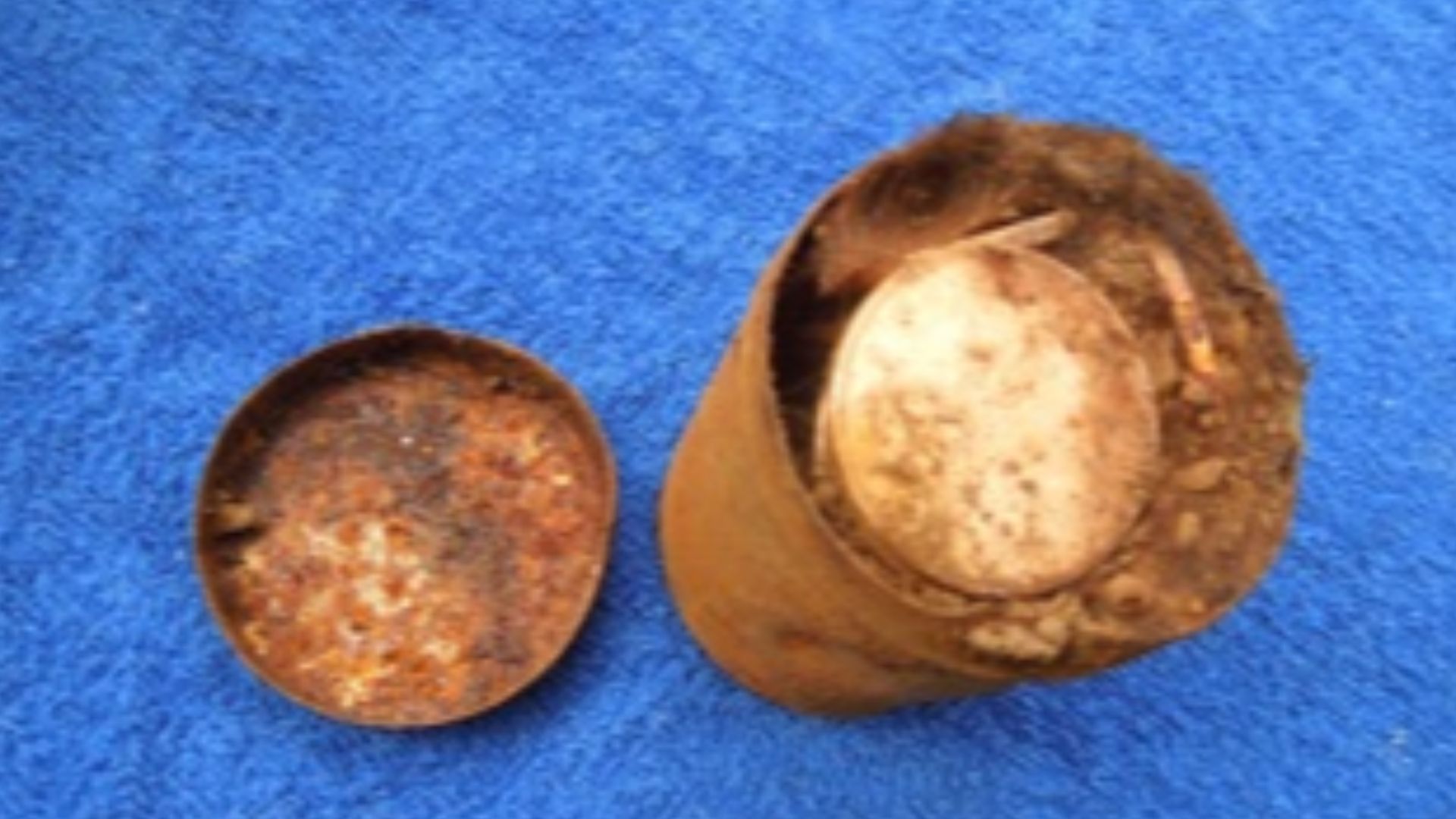 Kagin's Inc., Wikimedia Commons
Kagin's Inc., Wikimedia Commons
It Was A Life-Changing Moment
Standing alone in a dense forest, the hikers sat down on a nearby rock and examined the can closer, not realizing their life was about to change. Neatly tucked inside the metal can was a treasure trove of what looked like gold coins.
But were they real?
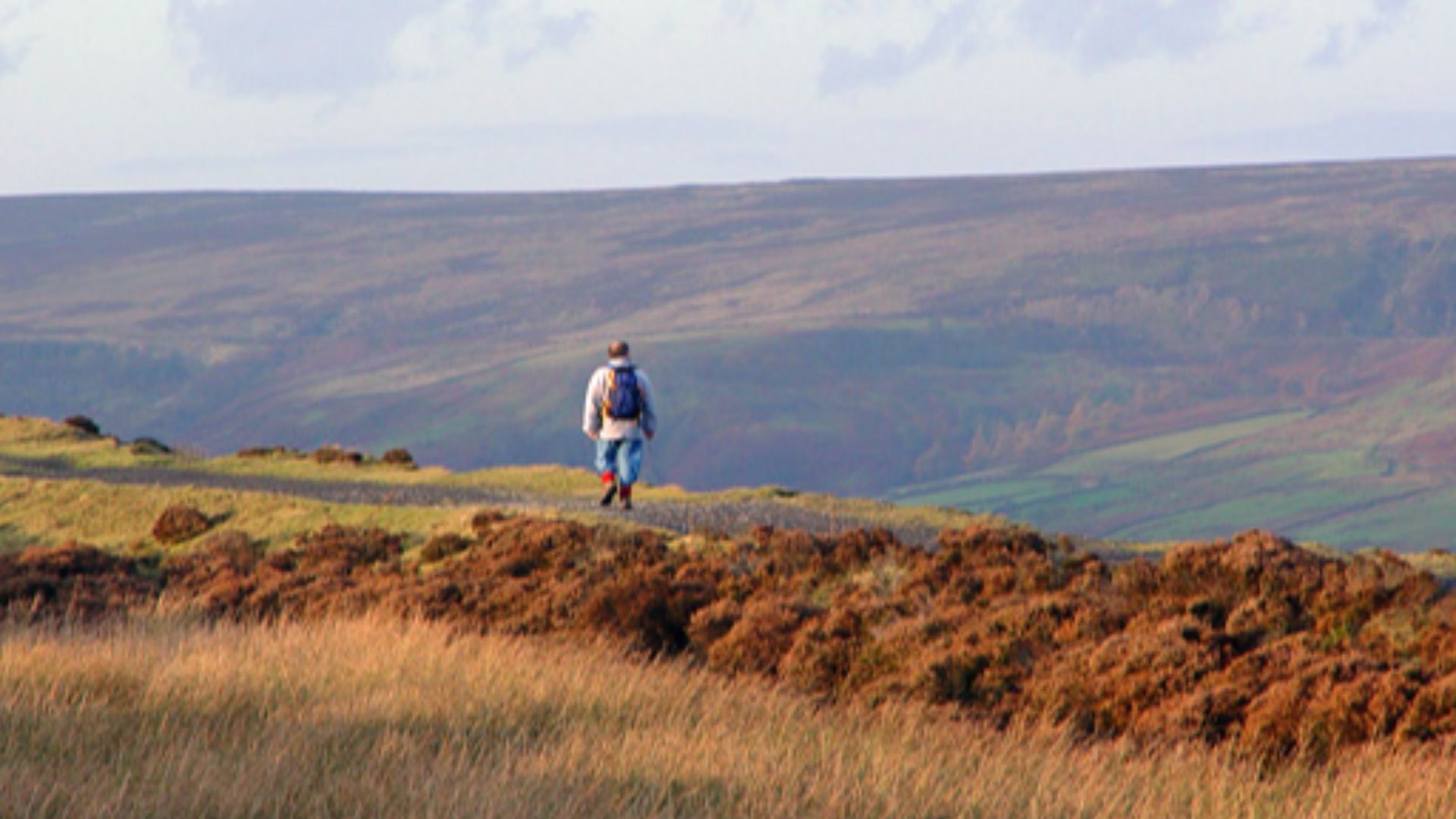 Christine Church, Wikimedia Commons
Christine Church, Wikimedia Commons
They Were Precisely Packaged
The way the gold coins were neatly organized caused the hikers to assume they were to be handled with care, thus, they had to be real. The coins were wrapped in black fabric and arranged precisely into 11 columns.
The hikers didn’t know it at the time, but they had just stumbled upon literal hidden treasure—and it was about to get so much better.
They Looked For More
The hikers didn’t believe their eyes at first. It couldn’t possibly be real. But something inside them told them to look around a little more—and it’s a good thing they did. Only a few feet away, the hikers found something to match their shiny gold coins.
Seek And You Shall Find
Similar to the old aluminum can, the hikers came across another piece of shabby metal sticking out of the ground. This time it was an old iron box. After unearthing it completely, the hikers opened it up and what they found inside didn’t just match their first finding, it blew it out of the water.
A Box Full Of Treasure
The old iron box was actually a treasure chest—literally. Inside was an incredible array of golden treasure, including 16 snuffboxes, 10 bracelets, a powder compact, a comb, and a chain with a key—all made of pure gold. It also had a stunning little purse made from pure silver mesh.
It Was The Perfect Day For A Hike
At this point, the hikers were completely blown away. What started off as a casual hike in the forest turned into a bountiful treasure hunt. They continued to look and dig around the site for more, but all that was reported were the coins and the box of jewelry.
The hikers hauled their 15 pounds of treasure home and talked about what to do next.
It Might Still Be Fake
After some time spent marveling in their incredible find—and trying to determine if it was even real—the hikers decided to take it to someone who could answer their questions. And what they learned far beat their expectations.
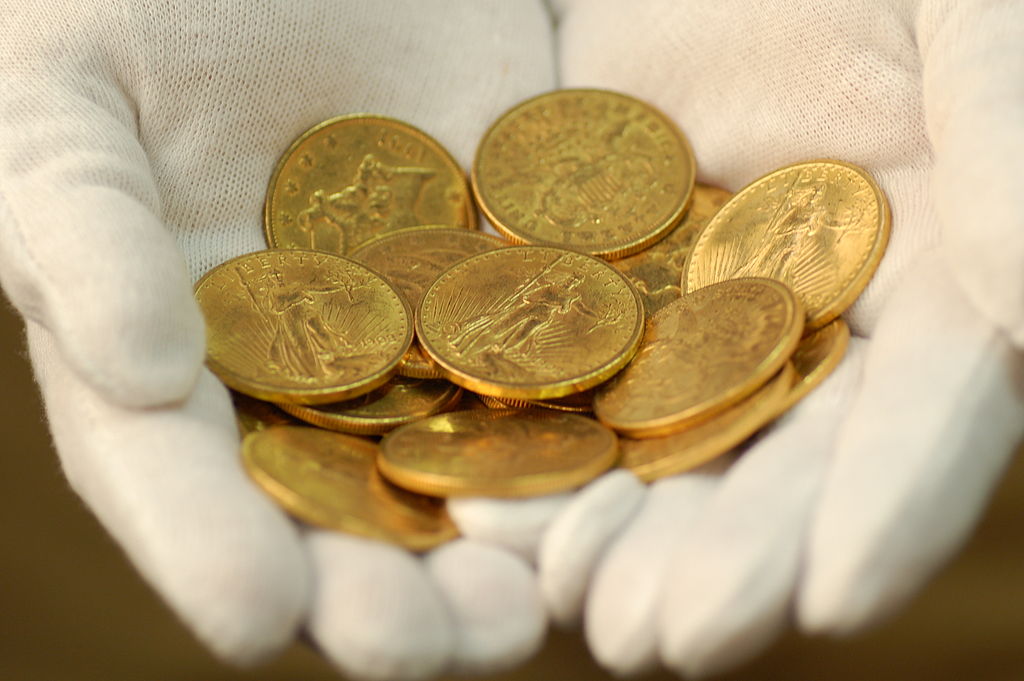 Portable Antiquities Scheme, CC BY-SA 2.0, Wikimedia Commons
Portable Antiquities Scheme, CC BY-SA 2.0, Wikimedia Commons
Asking The Experts
The hikers brought their treasure to the Museum of Eastern Bohemia where local experts, including Dr Miroslav Novak, head of the archeological department, took a closer look. And what they concluded was astonishing.
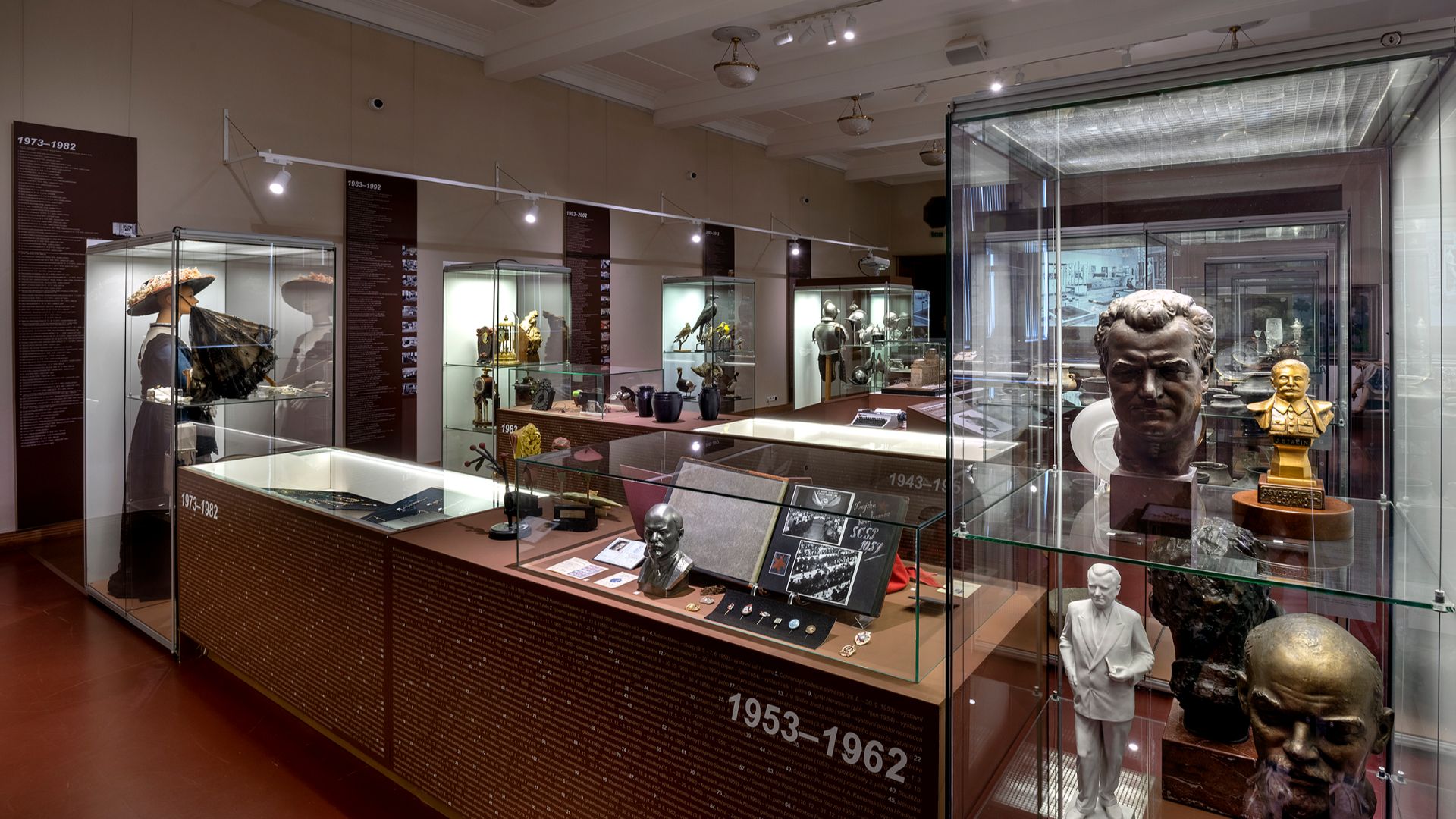 Muzeum vychodnich Cech v Hradci Kralove, Wikimedia Commons
Muzeum vychodnich Cech v Hradci Kralove, Wikimedia Commons
Not Your Average Stash Of Gold
Dr Novak claims that when the hikers opened the box, his “jaw dropped”. He called it a “unique find,” considering its sheer weight of pure gold. Experts at the museum say that “storing valuable objects in the ground has been a common practice since prehistoric times,” and more recently, items are stored away during uncertain times, with the intention of returning for it later.
But this stash wasn’t just any stash of gold. It was exceptional—for a few reasons.
It’s Real…And It’s Worth A Lot
Inside the tin can were precisely 598 pure gold coins. That’s right, the gold is real. The estimated value of the coins alone is a whopping 7.5 million Czech Koruna, or about $340,000. The other items found are estimated to be worth close to the same, assuming they are also solid gold and not merely gold-plated. Some items are still currently being tested.
It's More Than Just Currency
All in all, the 15 pounds of golden treasure is estimated to be worth over US $680,000. While that number is the most modern amount they can estimate, it is said that their historic value is incalculable.
As exciting as this is, archeologists still have some questions.
Who, Where, Why—And When
Aside from the mysterious source of the treasure, what boggles the experts' minds the most is how recently the items were buried. Using the stamping on the coins, the museum dated them all to between 1808 and 1915—with one coin being stamped as late as 1921.
This meant the treasure had to have been buried within the past century.
 Hands on History: Rare Viking Treasure by History Hit
Hands on History: Rare Viking Treasure by History Hit
It’s Gold, But It Isn’t Ancient Gold
While archeological discoveries are fairly common in this region, most of them are considered relatively ancient. Actually in 2024, a magnificent 3,600-year-old Bronze Age hoard was found, and a remarkable 14th-century cache of gold ducats was found in 2020.
But this golden fortune is considered more current—which makes it so much more intriguing.
The Coins Tell A Story
The most interesting part is that the coins are not all the same. In fact, they come from far and wide across Europe, with coins originating from France, Turkey, Belgium, Romania, Italy, Russia, and Austria-Hungary. The coins from Austria-Hungary, which were likely intended for use in Yugoslavia, feature a specific composition that was in use until the 1930s—a detail that fascinates historians.
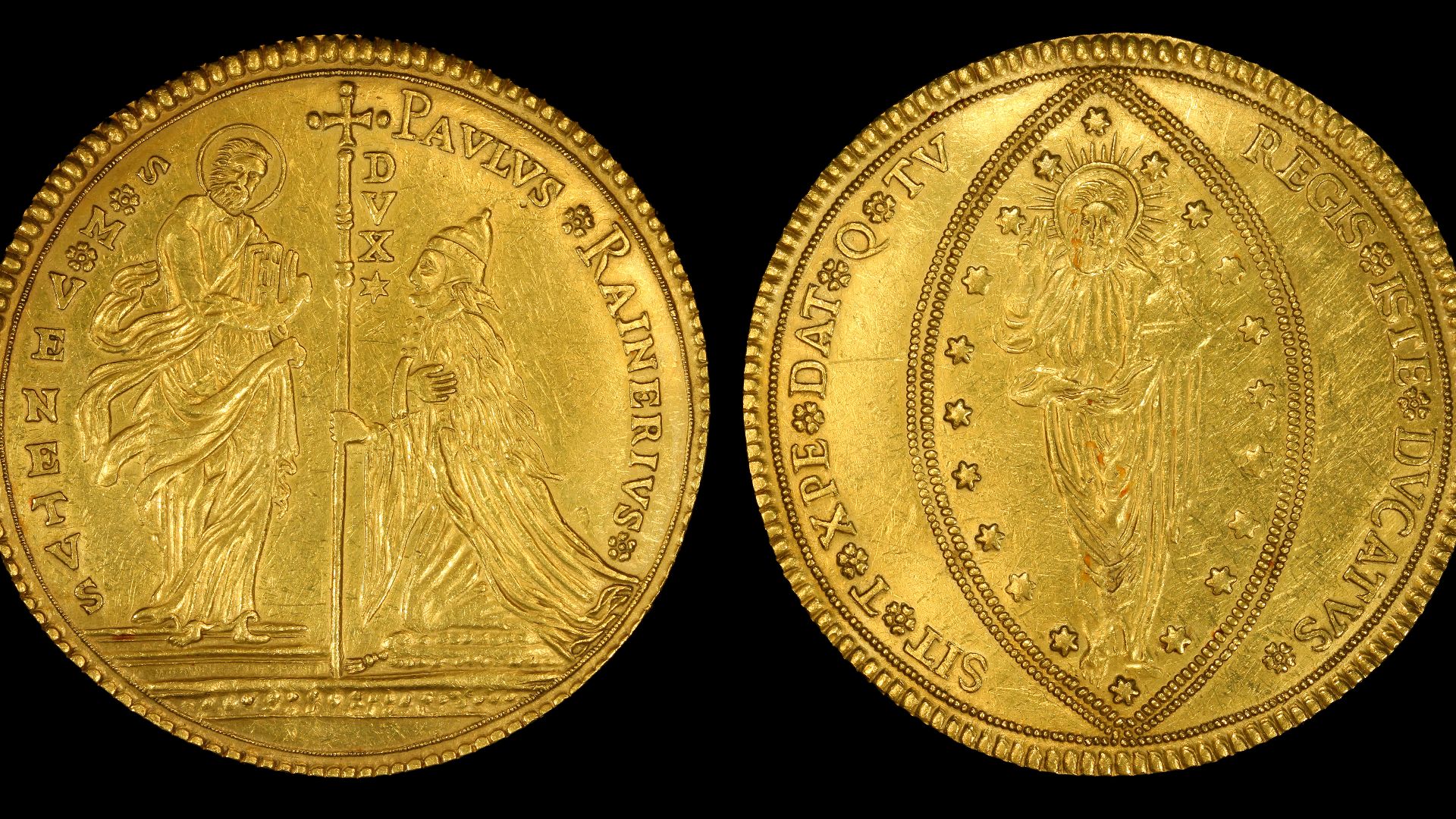 Zecca (mint), Republic of Venice, Wikimedia Commons
Zecca (mint), Republic of Venice, Wikimedia Commons
How Did They Get Here?
The range of origins makes it challenging to track how the coins got to where they were—and why they were stashed away at all. According to the museum director, Petr Grulich, “It is hard to say whether it was Czech, German, or Jewish gold”.
But challenging doesn’t mean impossible.
 Archiv Muzea východních Čech v Hradci Králové, Wikimedia Commons
Archiv Muzea východních Čech v Hradci Králové, Wikimedia Commons
Searching The Archives
Considering some of the coins are dated within the past century, researchers believe they might just be able to track down the owner through archival research—and solve the mystery of how and why it was hidden.
Dr Novak has some ideas.
Looking To Old Newspapers
Dr Novak believes, “It’s possible that someone might come across some information, perhaps in the newspapers of the time, that someone robbed a jewelry store or something like that, and suddenly it might lead us to a clue”.
In fact, he’s already received a “steady stream of suggestions,” and even a few conspiracy theories about who the owner might be—and they do not disappoint.
A Dentist With A Coin Collection
Aside from the usual theories of a soldier returning from war, a merchant fleeing from conflict, or a wealthy heiress of a nearby family, some local theories are more specific. One suggestion claimed the gold could be the collection of a guard at a prisoner-of-war camp, and a few people are convinced it was hidden by a local dentist.
Either way, the coins in specific give researchers the best clues.
They’re Not From Around Here
First of all, none of the coins originated in the area they were discovered. About half are from Western European countries, while the rest are from regions including the Balkans, the Ottoman Empire, Russia, Tunisia, and other parts of Africa. Curiously, there are no coins from Czechoslovakia or Germany—adding to the mystery.
Not only that, some of the coins have distinct markings.
Historical Variety
Some of the Balkan coins have holes drilled into them—indicating that they may have been used to adorn headbands or necklaces. There are an incredible number of details on each and every coin that researchers are eager to delve into.
But historians are looking to the local region for explanations, too—and history tells a fascinating story.
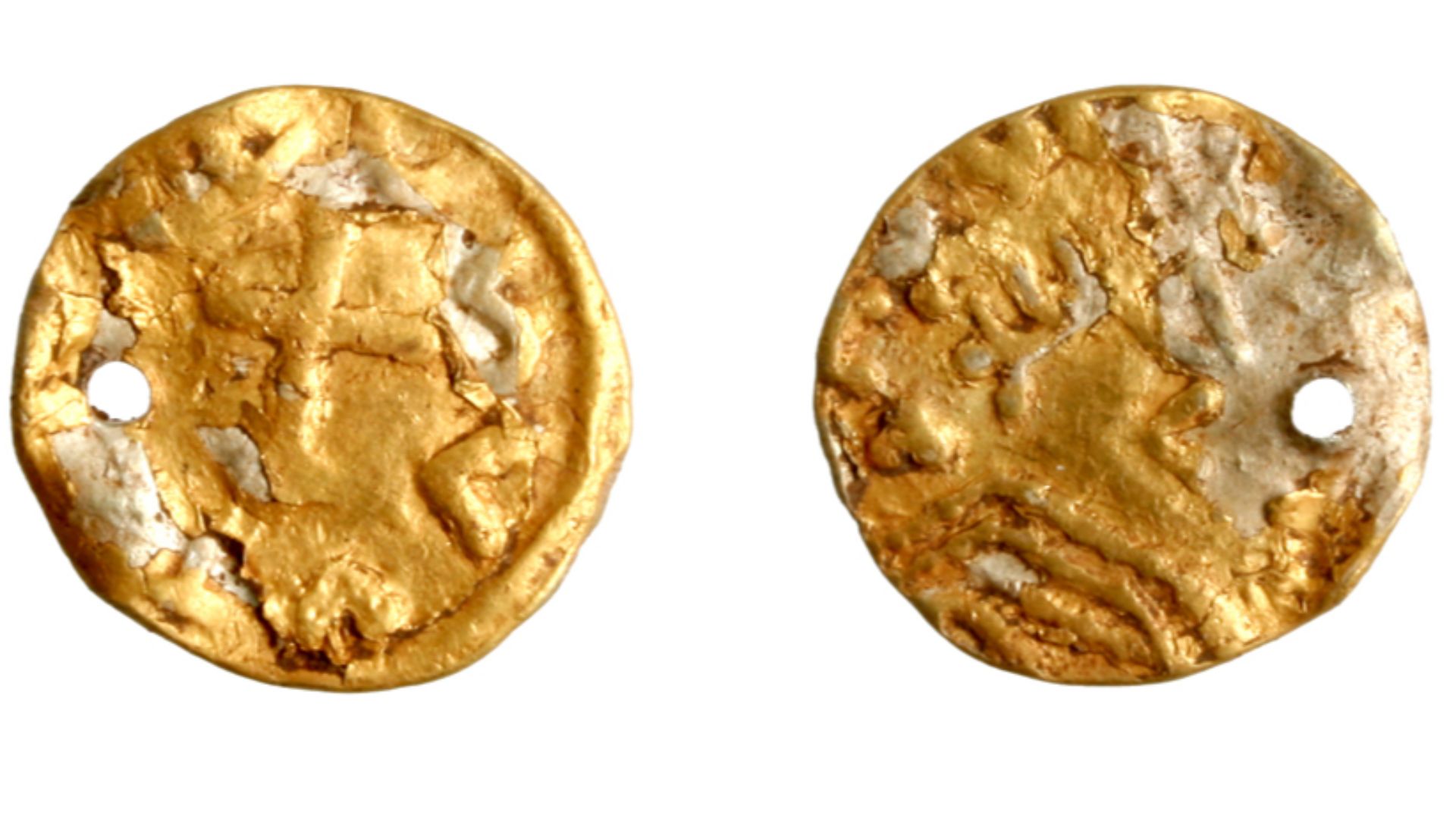 Norfolk County Council, Erica Darch, 2010-06-11 10:02:26, Wikimedia Commons
Norfolk County Council, Erica Darch, 2010-06-11 10:02:26, Wikimedia Commons
Fleeing In Fear
According to historians, Bohemia, what is today western Czech Republic, witnessed huge waves of migration and forced expulsions after 1938. And before WWII, over 120,000 Jewish people lived in Bohemia and Moravia (western and eastern Czech Republic), which were then occupied by Germany.
Before 1941, about 26,000 Jewish people fled the area, and over 82,000 were later deported. But that’s not all.
Hide The Cash And Run
That doesn’t even include other groups who also fled during Germany’s occupation. According to Martin Vesely, an associate professor of history at Jan Evangelista Purkyne University in the Czech Republic, “about 200,000 people relocated” during that time. Any one of them could have had a satchel full of gold in tow.
 Universal, Schindler's List (1993)
Universal, Schindler's List (1993)
Leaving The Gold Behind
After the war, about 3 million Germans culpable of war crimes also fled the area. Dr Novak theorizes, “Perhaps the person ended up in a concentration camp, or maybe it was a German who simply couldn’t return to retrieve it”.
At this point, there are dozens of possibilities. Someone felt they had no choice but to hide the gold—and sadly, couldn’t go back for it.
The Items Tell A Story, Too
All in all, by the end of the war, the land that is now the Czech Republic absorbed around 1.7 million refugees from across Europe—and they came from all walks of life. But the items in the iron box may help piece together the personal details of the mystery.
The Mystery Is Still Unfolding
The items in the iron box included a mix of objects used by both men and women. It’s possible that the items belonged to a husband and wife, or perhaps even a family. Experts believe they may have been buried by more than one person.
The mystery continues to unfold as the items are currently still being processed. But don’t worry, no one forgot about the hikers.
It’s Still A Lot Of Gold
The museum has assumed possession of the findings, and a team of experts are looking closely for clues while delicately examining each piece. According to Novak, “This find is notable for the unusually large weight of precious metal”.
Archeologists are eating this one up—and not just for its monetary worth.
It’s Attracted Global Attention
According to archeologists, this treasure carries historical significance. The museum made a statement saying, “It presents much broader, albeit more complex, possibilities for studying historical archival documents”.
This remarkable find has attracted historians and archeologists from all across the globe—which only adds to the prize at the end.
The Finder’s Fee
While the mystery continues to unfold, the museum plans to display the collection—after the 10% finder’s fee is paid out to the hikers who are credited with this incredible discovery.
We’re over here secretly hoping the hikers stashed away a coin or two, just for sake of saying they actually found buried treasure—and they have a piece left to prove it.
You May Also Like:
Archaeologists stumble upon an ancient marble statue hidden in a sewer.
Archaeologists Have Just Found An Egyptian Tomb That Rivals King Tut
Archaeologists make ground-breaking discovery of ancient canoes hidden beneath a Wisconsin lake.
Sources: 1, 2 , 3

